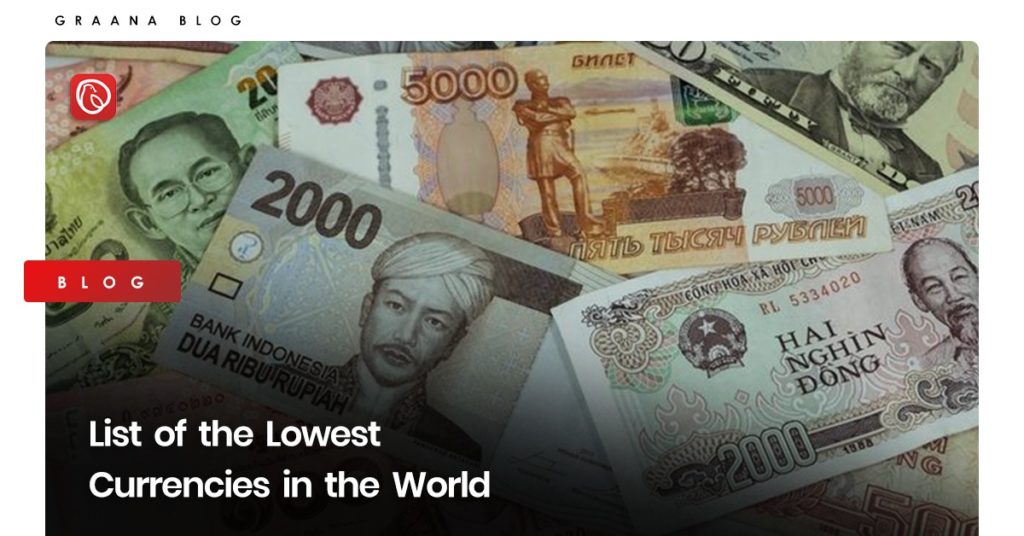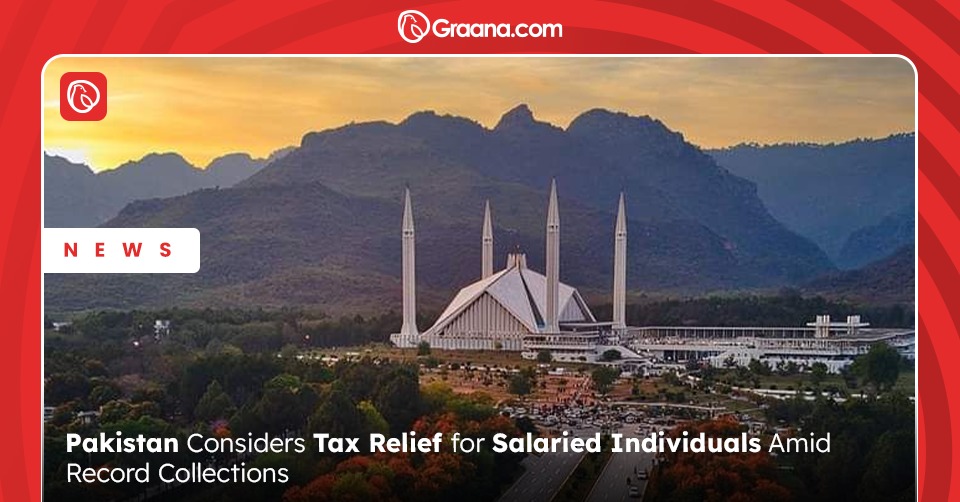The value of a currency is determined by its relative worth, and it can be influenced by a variety of factors including economic conditions, political stability, and supply and demand.
The COVID-19 pandemic had a significant impact on the global economy and forced many countries to adapt and change the way they manage different sectors. Despite these challenges, the ranking of the lowest currencies in the world has remained generally unchanged in recent years.
Graana.com has compiled a list of the lowest currencies in the world below, along with their value and the significant factors that contribute to their overall worth.
What Are the Reasons Behind Low Currency?
Exchange Rate
To begin with, it’s important to understand the concept of exchange rates and how they impact the value of different currencies. Exchange rates refer to the value of one currency in relation to another, and they are subject to different factors. When the exchange rate of a particular currency is low, it means that it has less value compared to other currencies.
Economic Instability
One major reason for the low value of currencies is the economic instability and political turmoil that many of these countries have faced in recent years. For example, Iran has been subjected to economic sanctions and has struggled with high inflation rates, which has led to a decline in the value of its currency.
Similarly, countries like Vietnam and Indonesia have faced economic growth and development challenges, which have contributed to the low value of their currencies.
Despite the challenges that these countries face, it’s important to note that the value of a currency is not the sole indicator of a country’s overall economic health. While a low exchange rate may make it more difficult for a country to import goods and attract foreign investment, it can also make its exports more competitive in the global market.
Additionally, the value of a currency is not static and can fluctuate over time, depending on various factors such as economic policies, geopolitical events, and market trends.
Lowest Currencies in the World
Here is the list of the cheapest currency in the world as of January 2024:
| Currency | Code |
|---|---|
| Uzbekistani Som | UZS |
| Indonesian Rupiah | IDR |
| Iranian Rial | IRR |
| Laotian Kip | LAK |
| Vietnamese Dong | VND |
| Sierra Leonean Leone (1964—2022) | SLL |
| Guinean Franc | GNF |
| Paraguayan Guarani | PYG |
| Ugandan Shilling | UGX |
| Iraqi Dinar | IQD |
| Cambodian Riel | KHR |
| Colombian Peso | COP |
| Zambian Kwacha | ZMW |
| São Tomé and Príncipe Dobra | STN |
| Somali Shilling | SOS |
| Shilling | KES |
| North Korean Won | KPW |
| Macedonian Denar | MKD |
Iranian Rial
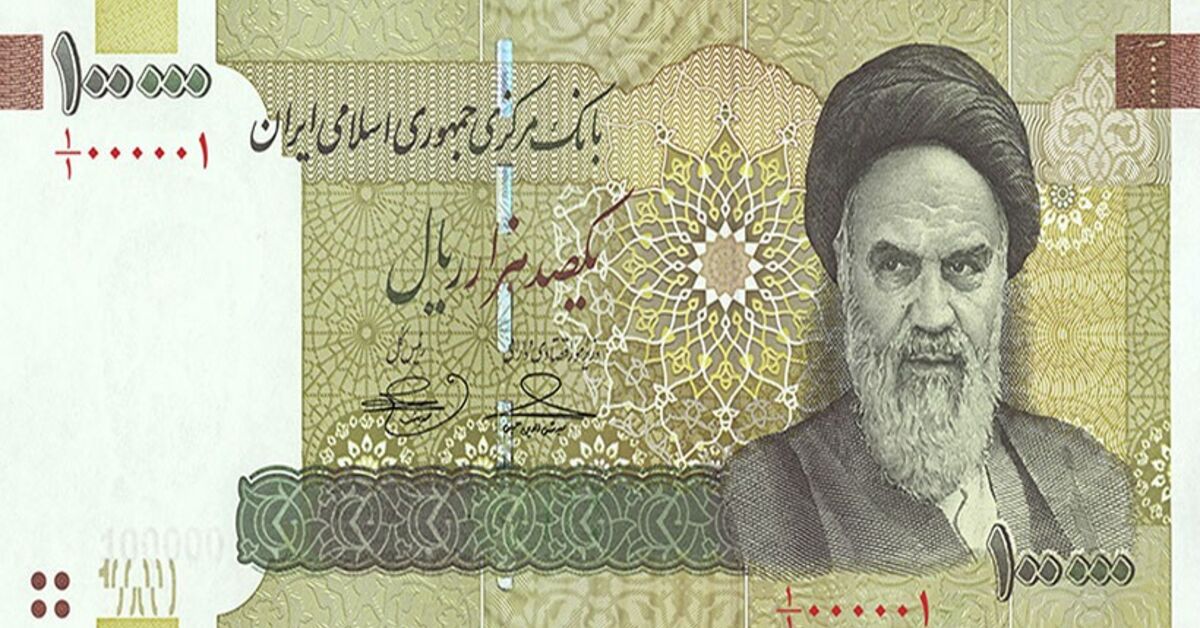
The Iranian Rial currently ranks as the worst currency in the world, in terms of its exchange rate with the US dollar. For easier calculations, Iranians often use the term “toman”, which is equal to 10 rials. The decline of the rial has been caused by a number of factors, including the war between Iran and Iraq, threats from Israel, and the possibility of nuclear conflict.
These events have led to restrictions on Iran’s access to the global market and a decline in the country’s oil exports, which has significantly impacted its economy and the national budget. In 2016, some sanctions were lifted by the US and EU, improving Iran’s economic situation and stabilizing the rial. However, in 2018, the US imposed and strengthened sanctions again.
Vietnamese Dong

The Vietnamese Dong is currently the second lowest-valued currency in the world, just behind the Iranian rial. This is due in part to Vietnam’s ongoing transition from a centralized economy to a market economy.
The devaluation of the dong in relation to other global currencies has made it one of the cheapest currencies in the world, although some experts predict that this may change in the near future. Vietnam’s government has been working to modernize and liberalise its economy, and there are signs that these efforts are now beginning to pay off.
The country has seen steady economic growth in recent years and has attracted a significant amount of foreign investment. These positive developments could help to boost the value of the dong and improve its exchange rate with other currencies.
Indonesian Rupiah
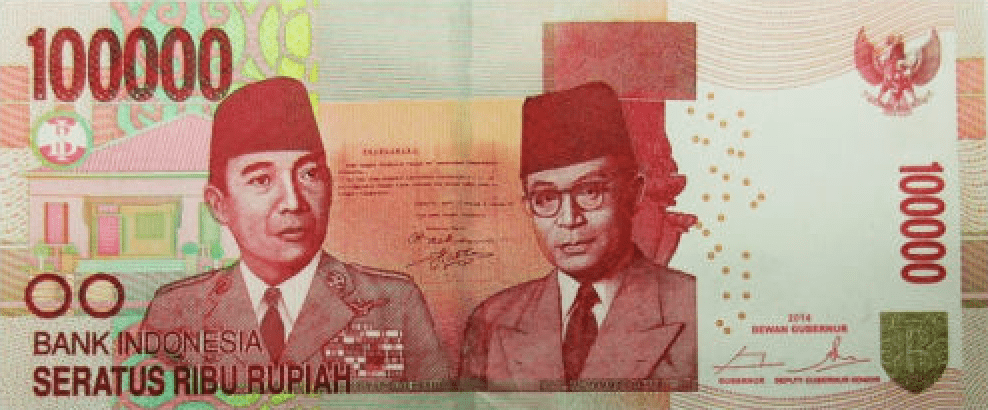
In 2016, Indonesia issued seven new banknotes with denominations ranging from 1,000 to 100,000 rupiahs due to the low values of the old-style banknotes. Despite Indonesia’s status as a stable and developed nation in Southeast Asia, the rupiah has a relatively low exchange rate compared to other currencies.
The relevant authorities have been implementing certain measures in an attempt to strengthen the rupiah, but so far these efforts have only resulted in little to no changes.
Indonesia has a diverse and growing economy, with a focus on manufacturing, agriculture, and tourism. However, the low value of the rupiah has been a persistent challenge. In order to address this issue, the Indonesian government has launched a number of reforms, including increasing foreign investment and promoting export-oriented industries.
Laotian Kip
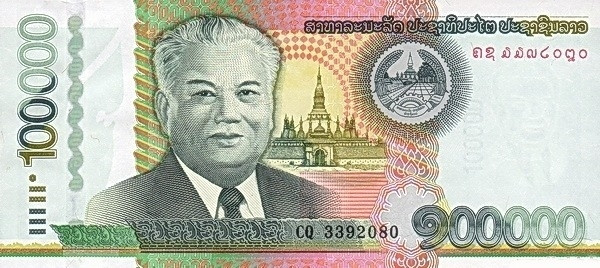
The Laotian kip is currently one of the lowest-valued currencies in the world, and its position has deteriorated even further since 2020. In fact, the kip reached its lowest point in 15 years in 2021, largely due to high levels of inflation and depreciation against foreign currencies.
These issues have significantly impacted the value of the kip and made it difficult for it to recover. As a result, the Laotian economy has struggled, with high levels of poverty, unemployment, and a lack of foreign investment.
Guinean Franc
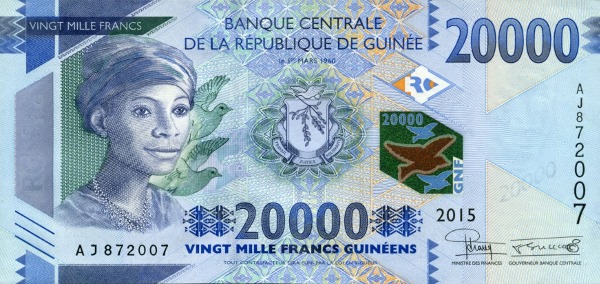
The Guinean franc is the official currency of Guinea, a West African nation that has struggled with high inflation, increasing poverty, and organized crime. Despite being rich in natural resources, such as gold, aluminum, and diamonds, Guinea’s currency has experienced devaluation for an extended period of time.
One of the main reasons for this is the country’s high inflation rate, which has undermined the value of the franc and made it less stable. Additionally, Guinea’s economy has been impacted by a range of challenges, including political instability and inadequate infrastructure, which have hindered its ability to grow and prosper.
Sierra Leonean Leone
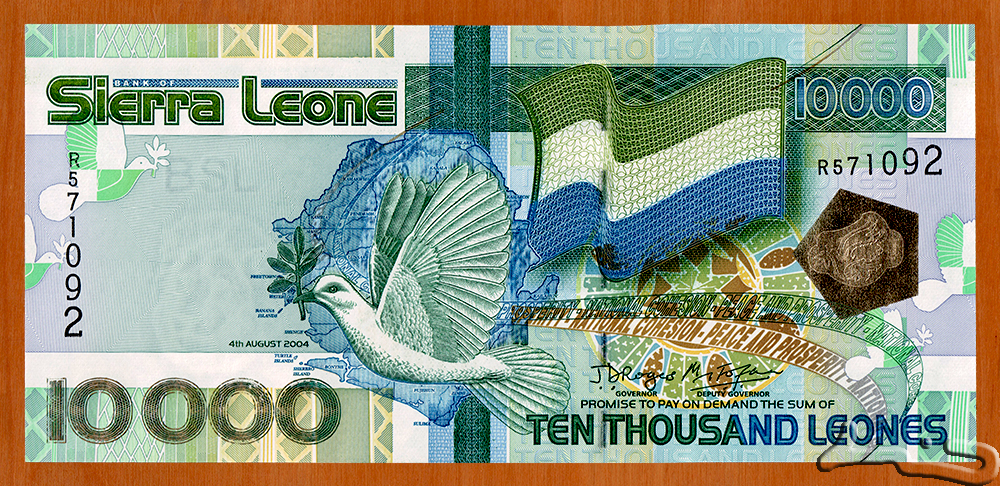
The Sierra Leonean leone has seen a significant decline in its value compared to the US dollar in recent years. In 2020, the leone was worth 16% less than it was the previous year, and if current trends continue, it is likely to remain one of the lowest-valued currencies in the world.
Sierra Leone is a West African country with a rich supply of natural resources, including diamonds, gold, and iron ore. However, despite this, the country’s economy has struggled in recent years, with high levels of poverty and unemployment. This has contributed to Leone’s low value.
In order to address these issues, the Sierra Leonean government has introduced some reforms, including investing in infrastructure and promoting economic growth. While it is too early to tell whether these efforts will be successful, it is possible that Leone could eventually bounce back and regain some of its value.
Uzbekistani Som
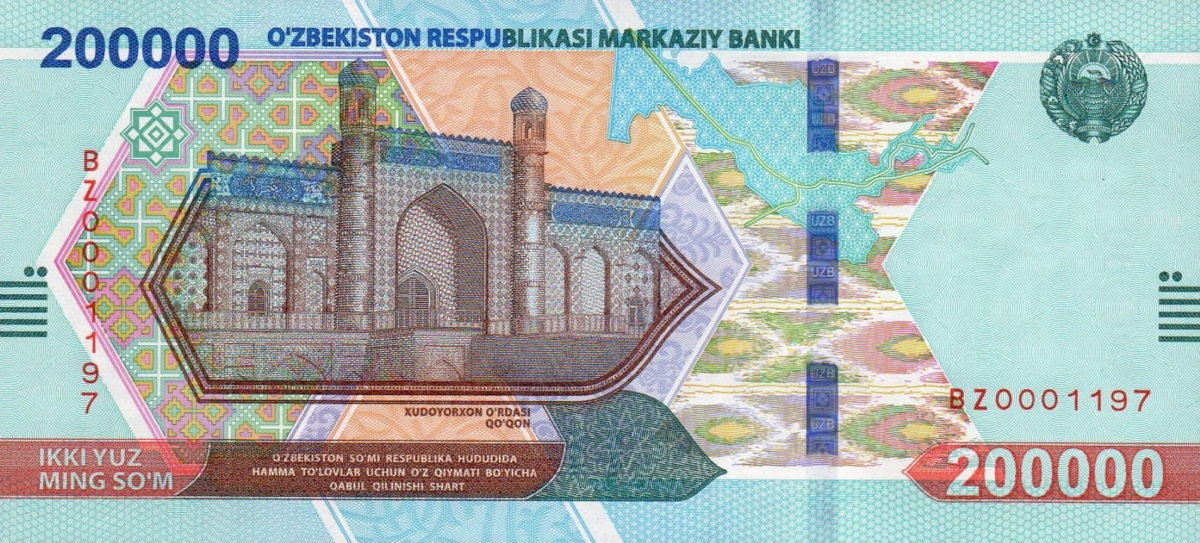
Despite its recent improvement, the Uzbekistani som has actually decreased in value since 2020. The som has struggled since the Uzbek government devalued it by almost 50% in 2018, in an effort to make the country more attractive to investors. While the som has remained stable, it has not yet regained its previous value.
Uzbekistan is a Central Asian country with a diverse economy that includes a strong agricultural sector and growing manufacturing, mining, and tourism industries. However, the country has faced a number of economic challenges in recent years, which have contributed to the low currency value.
Conclusion
As discussed above, the lowest currencies in the world are often found in countries that are facing economic and political challenges. Strong money is essential for a variety of reasons. This includes the ability to afford essential goods and services, trade with other countries, and the overall stability of an economy. While the currencies on this list may face challenges, there is hope for improvement and peace in the future.
If you want information about Pakistani currency, follow the Graana blog for more related information.
